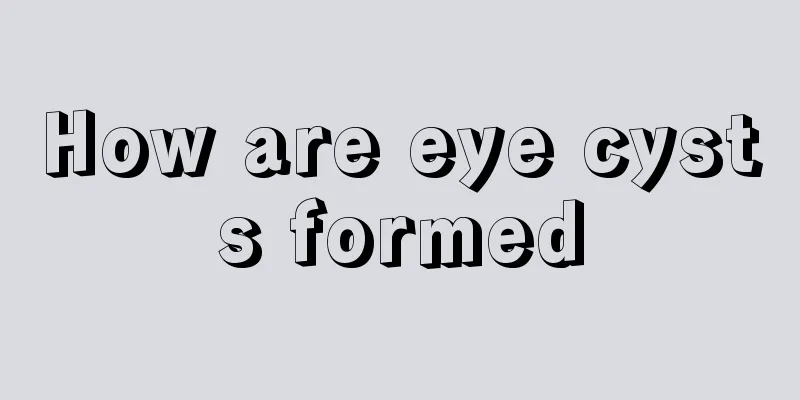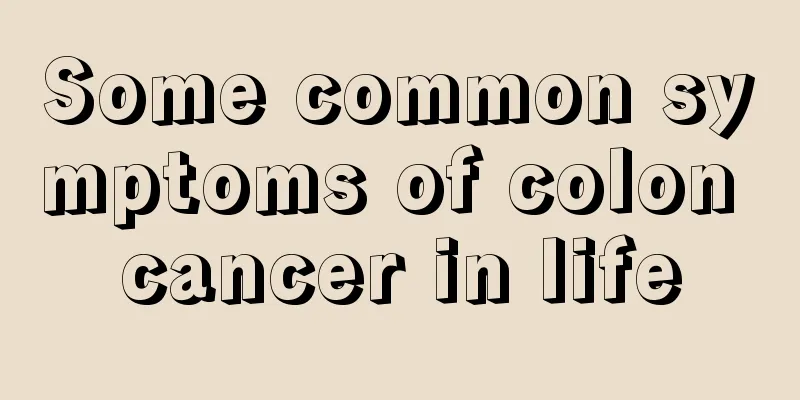How are eye cysts formed

|
Generally speaking, eye cysts are mainly caused by the secretion of meibomian glands. This is more common in clinical practice, but is often ignored by patients. It often affects blepharitis and this chronic inflammation, if not well treated, often leads to cysts. There are many causes, which are somewhat related to age, such as increased keratinization, as well as neurosecretory factors and chronic bacterial infections. Causes of Disease It is not clear yet, but it may be related to the following factors: 1. Anatomical factors: With age, the keratinization of the epithelium of the meibomian gland ducts increases, and the narrowing of the duct lumen makes it difficult for the meibomian gland secretions to be discharged smoothly. 2. Neuroendocrine factors: Androgens promote the secretion of meibomian glands, while adrenaline inhibits the secretion of meibomian glands. 3. Chronic bacterial infection: The most common one is Staphylococcus aureus. The enzymes produced by bacteria decompose meibomian gland lipids, causing abnormalities in the quality and quantity of lipid secretion. The abnormality of secretion is a chemical stimulation to the corners and conjunctiva, causing stagnation of secretions in the meibomian glands, which can cause dry eyelid disease with a relative lack of lipids in the tear film. True deficiency of meibomian gland secretion is rare. Symptoms and signs It is more common in middle-aged and elderly people. Most patients have oily skin, or have seborrheic dermatitis and rosacea. There may be various discomfort symptoms in the eyes, such as swelling, stinging, grinding pain, burning, eyelid spasm, etc. When the corneal epithelium is damaged, photophobia may occur. There is no congestion or only dilated capillaries at the openings of the meibomian glands. Sometimes yellowish bubbles can be seen at the opening. In severe cases, the openings of the meibomian glands are dilated or bulging, and may be blocked by dried fat plugs. At this time, turn over the eyelid, press the conjunctival surface towards the palpebral element with the Paris stick, and press the eyelid with your fingers on the skin surface to see the meibomian gland fluid overflow from the opening. Its shape can be thin yellow, creamy, white granular or toothpaste-like. After prickling the meibomian gland opening, eliminating the blister and squeezing out the abnormal secretions of the meibomian gland, the patient's symptoms were immediately relieved. After a period of time, symptoms may reappear and need to be squeezed out again. The patient's conjunctiva generally has no acute inflammatory signs, or has mild conjunctival congestion. Most of the tarsal conjunctivae have follicular hyperplasia and papillary hypertrophy. In severe cases, the conjunctival epithelium may peel off in spots and stain positively with fluorescein. |
<<: Will a ganglion cyst disappear on its own?
>>: Is thyroglossal duct cyst serious?
Recommend
Simple method to make homemade bubble liquid
Bubble water is one of the favorite toys of many ...
What is the reason for male baldness?
In recent years, hair loss has become one of the ...
How to get rid of hiccups quickly?
Many people will burp after meals, and the reason...
What to do if your tattoo peels off
Nowadays, many young people who pursue individual...
What is tongue cancer imaging
Tongue cancer refers to tumor lesions that occur ...
What can I use to clean the refrigerator
Many families use refrigerators, but most people ...
What is cervical precancerous lesion cin1? How to treat cervical precancerous lesion cin1
Mentioning cervical precancerous lesions cin1. Ma...
Urine color reveals disease signals
Did you know that the color of our urine can be a...
How many years can one live with advanced prostate cancer? What is the treatment for advanced prostate cancer?
Prostate cancer is a relatively dangerous disease...
What should you pay attention to when getting the DTP vaccine to prevent whooping cough?
Today's medicine is very advanced, and vaccin...
How to choose radiation protection clothing
When women are pregnant, they should not only pay...
Can leather be cleaned with alcohol?
Leather shoes mainly refer to shoes made of sheep...
Will donating blood reduce menstruation?
As we all know, regular blood donation is actuall...
Scientific method of weaning off breast milk
After giving birth, pregnant women need to breast...
What is the current status of colorectal cancer treatment
Current status of colorectal cancer treatment: Co...









